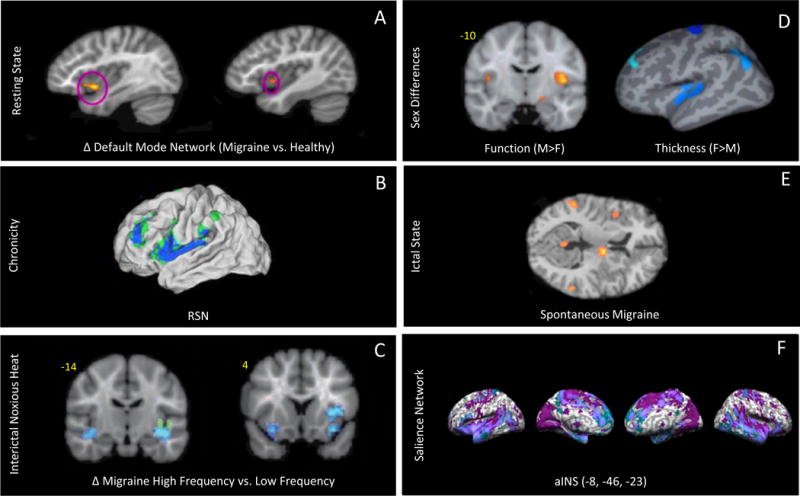Figure 3. Migraine and Insula Activation Figures.

A: Resting State: Group comparison maps showing higher default mode network connectivity in migraine versus healthy controls in the left and right anterior insula. Adapted from (Xue et al., 2012) with permission. (shouldn’t this be discussed somewhere in the paper?)
B:Chronicity: Functional connections with affective pain regions have been shown to differ between patients with chronic migraine (CM) and healthy controls. The connectivity strength of the anterior insula was correlated with the number of years of CM (from (Schwedt et al., 2013) with permission) Remove or move. Not a treatment (should also be discussed in paper??)
C:Interictal Noxious Heat: fMRI contrast analysis of high frequency vs. low frequency migraineurs in response to a +1 °C pain threshold shows significant differences in the contralateral anterior insula in addition and bilateral inferior circular insula. These findings were co-localized with observed structural differences in the inferior circular insula (shown in green). Adapted from (Maleki et al., 2012a) with permission.
D: Sex Differences: Maps illustrating sex differences between male and female migraineurs in the insula. Males have higher fMRI activation in response to painful heat in the insula compared to females, whereas cortical thickness measured by MRI in the insula in females is increased compared to males. Adapted from (Maleki et al., 2012b) with permission.
E: Ictal State: PET measures of spontaneous migraine show right insula activation, adapted from (Afridi et al 2005) with permission
F: Salience Network: The anterior insula (aINS) shows increased connectivity patterns found in migraine subjects that are consistent with the salience network. Adapted from (Hubbard et al al 2014 PMC4399775) with permission.
